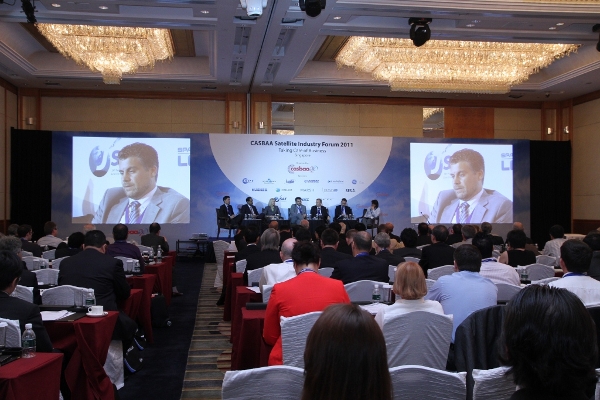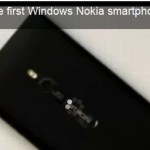
The satellite industry is poised for more explosive growth in the region.
Despite all the challenges that the satellite industry is facing – like fierce competition from cheaper terrestrial technologies like fibre and microwave, and growth reaching a plateau in the US and Europe – Asia remains a bright spark.
At the CASBAA Satellite Industry Forum 2011 opening keynote held on June 20th at Shangri-La hotel in Singapore, David McGlade, CEO of Intelsat, explained why.
“The proliferation of hi-definition channels, deregulation by regional governments in the media sector – like India, Nepal and Vietnam – and the trend of content being consumed in the region at ever fast rates all contribute to this,” he said.
Booming growth in regional markets like India, Malaysia and Indonesia have made the satellite players bullish about prospects. For example, Intelsat is making a US$1.3billion fleet investment in four satellites in the Asia Pacific region by mid 2012.
This sentiment is echoed by satellite providers like MEASAT , Thaicom and ABS.
Said Nongluck Phinaininitisart, president of Thaicom, at the Forum’s Leadership Kick-off panel: “We are seeing strong demand in Vietnam, Laos and Myanmar for content.” With customers that want more channels faster than they can provide, she made a bold prediction that it is difficult for terrestrial competitors to encroach on their market.
“As long as the growth rate is high, terrestrial competitors can’t replace you. They can try in cities, but not the rest of the country,” she said.
Even in Japan, which is a developed market that has strong competition from terrestrial networks, the market perception shifted after the great Japan earthquake in March 2011.
Said Inoue Osamu, senior EVP of Sky Perfect JSAT Corporation: “Organizations are re-examining the disaster recovery and resilience space, as the earthquake caused much loss in terrestrial infrastructure.”
Fights for spectrum space
Of course, the satellite sector is just a small part of the telecommunications industry. The long-term trends in content also create a boom for the wider telecommunications industry.
And with that comes the threat of substitution by other telecommunication technologies. Nothing epitomizes this conflict more clearly that the threat of spectrum takeover by terrestrial technologies like WiMax.
Anthony Baker, COO of Qatar Satellite, recounted the fractious history the satellite sector had in the past with its far bigger brethren, the telecommunications mobile industry.
In 2007, at the World Radio Congress hosted by the ITU — a United Nations body that looks at the ICT space — big IT and telecomm vendors like Intel and Nokia tried to lobby an agenda for WiMax to use the C-band spectrum, which is being used by the satellite industry.
The hostile takeover failed, mainly because the satellite players banded together and blocked it.
“The mobile industry learnt their lesson in 2007, where one of the smallest industries in the telco space (satellite) fought off the biggest groups through cooperation,” he said.
However, he warned fellow attendees not to be complacent as future mobile technologies like LTE might very well encroach on their spectrum space in the future, as spectrum is a limited resource.
The next two World Radio Congresses, to be held in 2012 and 2016, would be the next sparring ground for contentious issues like this.
The way to be vigilant, he said, was to constantly promote the use of the C-band spectrum to regulators. For example, in disaster recovery, where it is critical.






